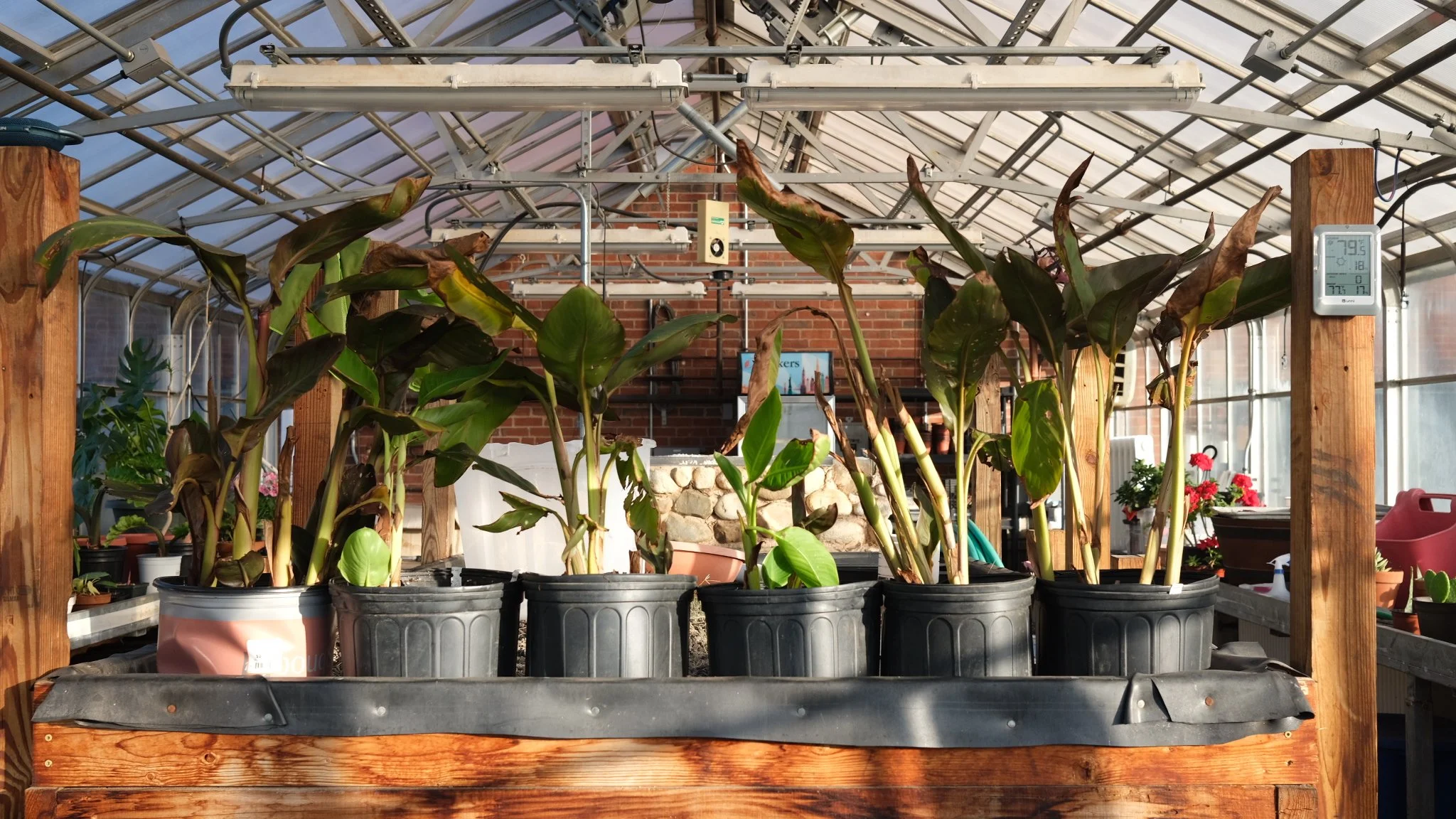A Fun and Hands-On Way to Get Involved in the Local Environment: The Land Management Program
Charlotte Preuss ’26
Charlotte Preuss ’26
The land management program is a unique opportunity for students to get involved with the Loomis Chaffee community while learning more about their surrounding environment. The program runs as a full-time after-school activity throughout the year. In the winter term, students can choose to do the program half-time, splitting their week between land management and another activity. This way, students can do another non-team physical activity, such as cardio, and receive a “sweat sport” requirement while also participating in land management.
The program aims to foster a space where students can develop a deeper understanding of the world around them. Mrs. Griggs, the Associate Director of the Alvord Center, oversees the land management program and states that it aims “to provide an opportunity for students to learn about aspects of the land, and agriculture, and the ways that food systems work that they may not otherwise have had the opportunity to learn.” The program accomplishes this through a variety of initiatives and projects that vary throughout the seasons.
During the fall term, students harvest and clean up the community gardens in preparation for the next growing season. They also work in the apiary, where they bottle honey and prepare the apiary for winter. Those who participate in the fall not only learn about the Loomis environment, but the surrounding environment as well. For example, students get the opportunity to visit local farms and learn more about where their food comes from. They also visit other local outdoor environments like nature preserves. Ms. Griggs explains that these excursions help students “gain a better appreciation for what happens in the greater Windsor area.” Throughout the fall, students learn many valuable lessons about gardening, bees, and food systems.
Land management during the winter term is largely focused on maple sugaring. Students may also participate in small projects around campus to keep structures safe and secure against weather conditions. For example, students in land management installed stakes in the ground to prevent the apiary from floating away during floods. Beyond these micro-initiatives, students spend the bulk of their time chopping wood, collecting sap, monitoring sugar flow out of the maple trees, and boiling the maple sugar in the sugar shack. In fact, the students are even involved in the very beginning of the sugaring season, as they scout out maple trees and install the taps and buckets. The maple trees selected for harvesting can be found behind the rink and up into Beckwith Drive, as well as down Faculty Row. The maple sugaring program relies heavily on student involvement, with land management students making daily trips to collect sap from each of these buckets. When students aren’t harvesting sap, they can be found chopping the firewood used to fuel the sugar shack during the boiling stage. Throughout the winter term, students learn the ins and outs of the maple sugaring process and gain a better appreciation for the complexity of nature and the ways in which it provides for us.
During the spring term, students work to finish up the sugaring operation by bottling maple syrup and preparing them for storage. Additionally, during this time, students start the growing season by growing seedlings in the greenhouse. During this experience, students learn about different plant propagation strategies, or the process of growing new plants from existing ones. Additionally, during the spring, students get the community gardens up and running and perform lots of work in the apiary. Lastly, just like in the fall, land management students visit a variety of local outdoor environments on Wednesday afternoons, similar to how sports teams would go to an away game. Throughout the spring, students learn how to grow plants, engage with their surrounding environments, and appreciate the nature around them.
Having participated in the program during the winter term of my sophomore year, I know first-hand that the land management program provides a wonderful opportunity to learn more about your surrounding environment in fun and engaging ways. I had a great experience where I got to learn new things about Loomis’ grounds, meet new people, and gain a larger appreciation for all that nature does for us. I knew nothing about the maple sugaring process before the winter term, but by the spring I had gained so much knowledge, like which trees produced the most sap and the fastest route to take to collect it. The most surprising thing I learned throughout my experience was how much sap a single tree produced; sometimes an entire bucket would be filled in only one day. On the flip side, I also learned that it takes a lot of sap to produce a decent amount of maple syrup. One of my favorite parts of the experience was getting to taste my hard work when Ms. Griggs made us delicious maple treats out of the syrup. Overall, my experience in the land management program was incredibly rewarding and I recommend that everyone tries the program at some point during their time at Loomis.
